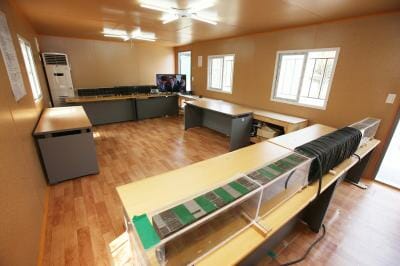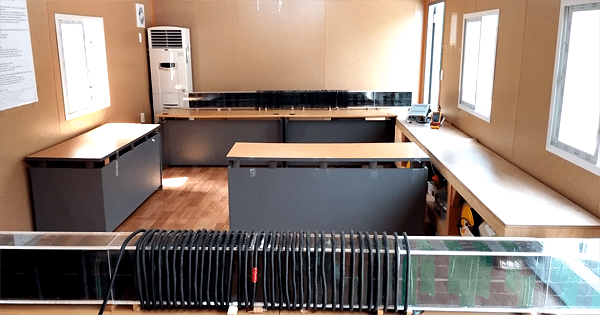The concept of wireless charging is not something new. In this new age of technology innovations, everything is quite much possible. Many companies have now started making research on the wireless charging technology. And they, to a certain extent, have been succeeded in it. Many smartphones companies have brought some sort of wireless charging support in their smartphones.
Nokia is really working hard to give wireless charging a form or shape. They have succeeded a bit too. The charging of Nokia’s latest phones by placing them on a unique sort of ‘charging’ plate is just the beginning of their research.
The research is not only done by these companies only. Many educational institutes that specialize in electrical, electronics and mechanical fields are also playing their role. KAIST is one of them. The Korean Advanced Institute of Science and Technology have recently come up a video that shows the new prototype of wireless charging technology.
They have termed the prototype as ‘Dipole Coil Resonant System’. The video shows the prototype running and giving energy wirelessly to a smartphone, a laptop and even to a television. All the electronics have been placed within 5 metres of the prototype.
Here is what KAIST’s Chun T. Rim says regarding wireless charging technology:
“Just like we see Wi-Fi zones everywhere today, we will eventually have many Wi-Power zones at such places as restaurants and streets that provide electric power wirelessly to electronic devices.”
Let’s have look on the video showing the prototype and its functioning:
http://www.youtube.com/watch?v=R6UCwqjdpo0
Well, this prototype is not going to be made soon available according to KAIST. The prototype is just in its early stages. It, still, demands a plenty of hard work and research. Precautions should also be focused to keep human lives safe from this sort of technology. But, one thing we can promise, your generation will be enjoying an era of wireless charging and electricity, sometime in future.
We are anxiously waiting for that era… Are you?
Source: KAIST


